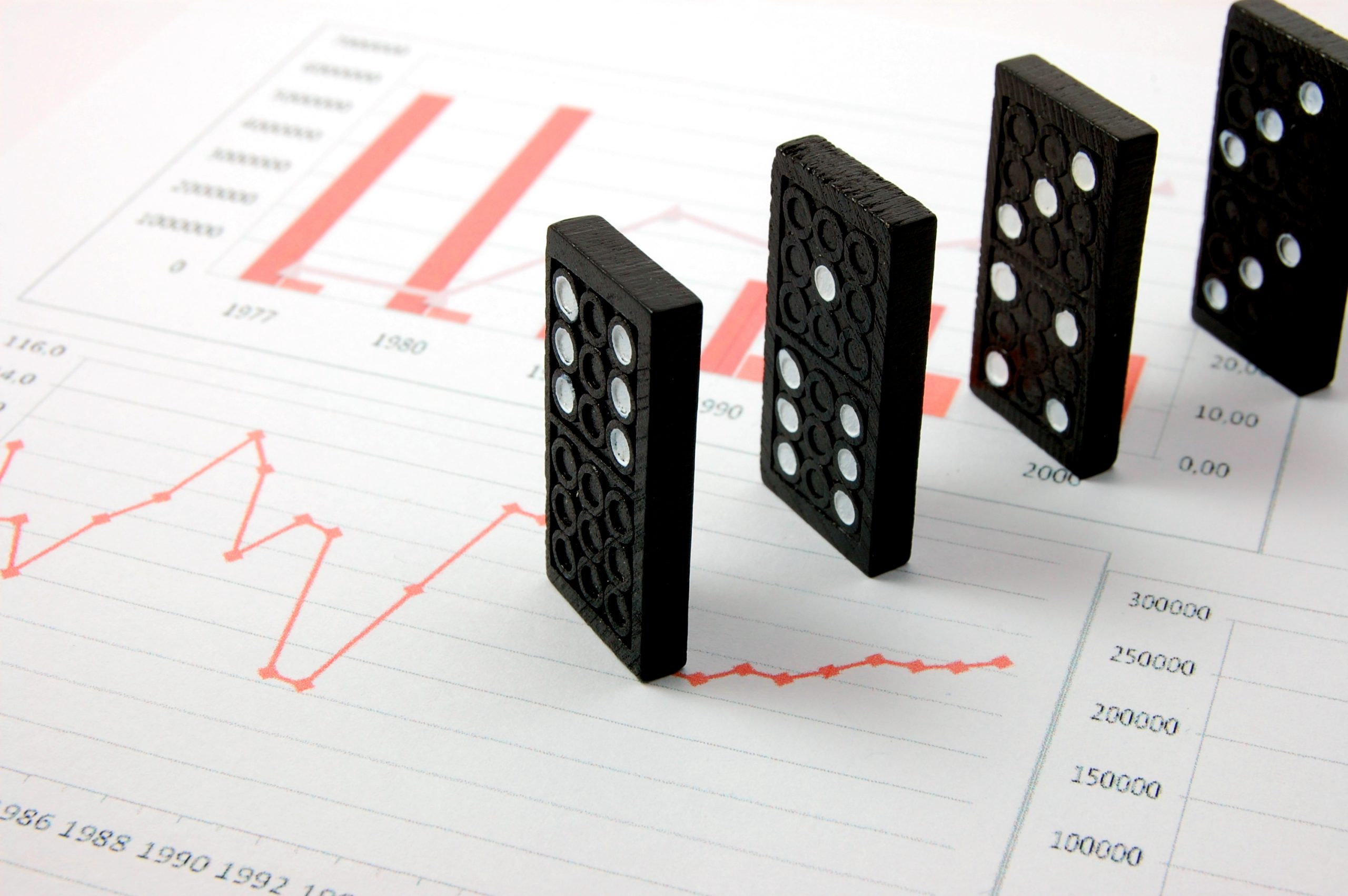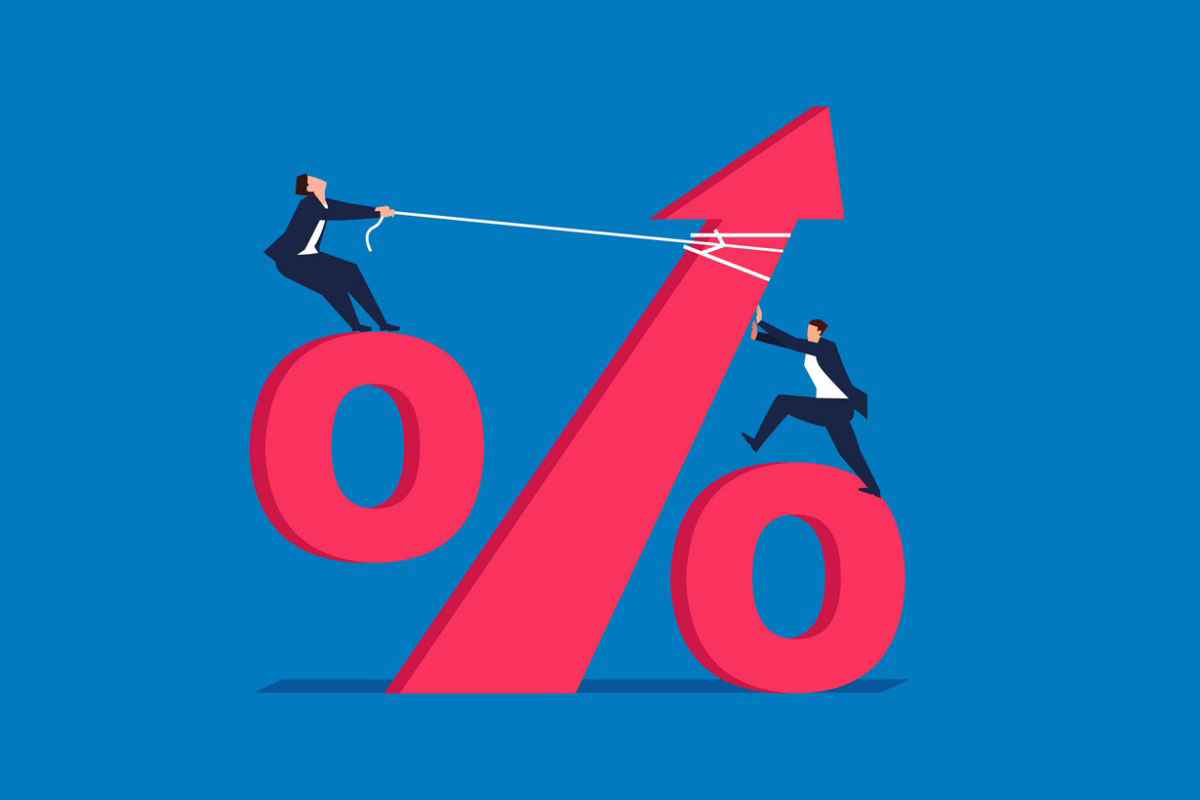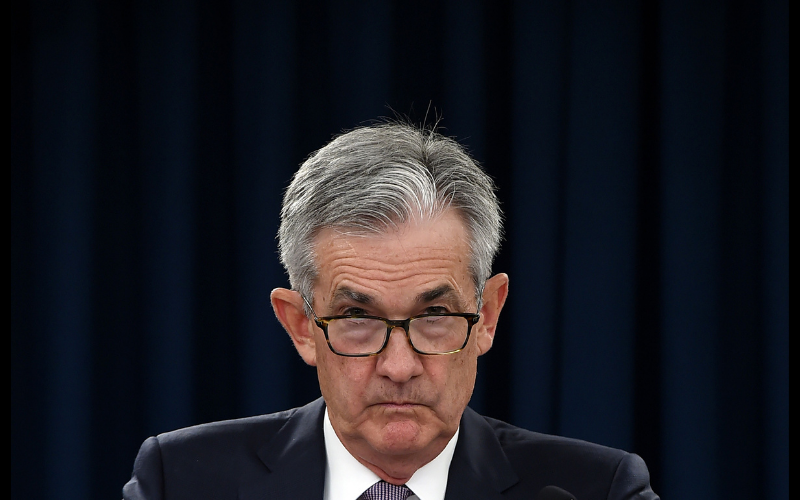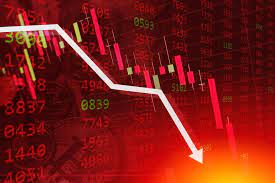
- Momentum works across all markets and assets
- Disposition effect, reacting too late all possible causes
- Its hard to buy higher, sell lower
- Momentum can work with big profits but few wins
- Or small profits and many wins
The race may not always be to the swift nor the victory to the strong, but that’s how you bet. Damon Runyon.
Momentum works – academic proof
You don’t have to read How I Made Two Million Dollars in the Stock Market by Nicolas Darvas or William O’Neals How to Make Money in Stocks to appreciate that momentum works. There is plenty of academic literature that proves that point.
Cliff Asness of AQR fame wrote a paper with several colleagues that methodically eviscerates every argument against momentum. They show that the phenomenon works for big cap socks as well as small ones. They show that transaction costs do not in fact erase all of the gains. They show that it works both on the short side and the long side. They even show that it is not particularly tax punitive because the strategy forces you to sell losers and keep winners thus creating short term capital losses and long term capital gains.
Other researchers have shown that momentum works on forex, on commodities, on non-US stocks and although there is not yet enough history to do a study we have all seen that momentum works on crypto.
Disposition effect, late reaction some reasons for why it works
There are a myriad of explanations for why momentum works. At first investors underreact to information and then they overreact thus creating massive waves of buying and selling. Investors are also prone to the disposition effect (they hate losses twice as much as they like wins) and therefore cut their winners and keep losers. Melvin Capital’s misguided attempt at shorting GameStop was perhaps the most vivid recent example of momentum gone wrong (or right depending on which side of the trade you were on).
Investors love to trade mean reversion – helping momentum
I would agree with all the assessments and just add one thought of my own. I think momentum works simply because human nature (and by human nature I mean me) can’t help it. We are seemingly programmed to try to “buy low” and “sell high” – a sensible set of behaviors in every other part of life except an auction – which is exactly what the market is. I can’t tell you how many times I’ve made money being on the right side trend only to give it all back when I decided that it has gone up or down “enough” and then switched to the other side only to give back all my gains.
This happens so often that I have now basically outsourced all momentum trading to my algo and am constantly surprised at how much better it trades than I do because it does not try to pick a top or a bottom.
Momentum is vulnerable to chop
Momentum is not foolproof. It is at its core a continuation strategy and as such will be whipsawed to death by sharp reversal markets. There is nothing worse for the momentum trader than a series of V shaped bottoms followed by upside down V shaped tops. You inevitably wind up selling bottoms and buying tops. Fortunately such stylized trading environment does not occur too often and the data incontrovertibly confirms that taking the opposite side of that bet (e.g. that continuation will occur) is the long term winning bet.
My momentum system never really suffers from the “chop effect”, but it comes at a cost. The trades I make both in our chat room and on the algo try to capture just the smallest initial slice of the move. It is often the case that we will catch the first 10 of the next 100 point burst in the Nasdaq futures and no more. Does that hurt? Is that frustrating? Only if you don’t understand the cardinal rule of trading.
Win big and rarely or small and frequently
In trading you can lose small and win small or lose big and win big. That’s it. Those are your only two choices. Since I am perhaps the most extreme example of disposition effect ( I hate to lose five times more than I like to win) I’ve structured my strategy to never win big and never lose big. Others in my room have a different outlook and trade for far more points than I do.
The beauty of momentum is that it’s flexible enough to accommodate everyone’s risk preferences. It can be adapted to micro scalp the 1 minute chart ( as we do twenty times a day in my trading room). Or it can ride multi month moves like we are seeing in Bitcoin. Regardless of how you structure your trading, just know that buying high and selling higher is a much better way to go than buying low in hopes of selling high. That may seem much more sensible, but that is not how markets work.









